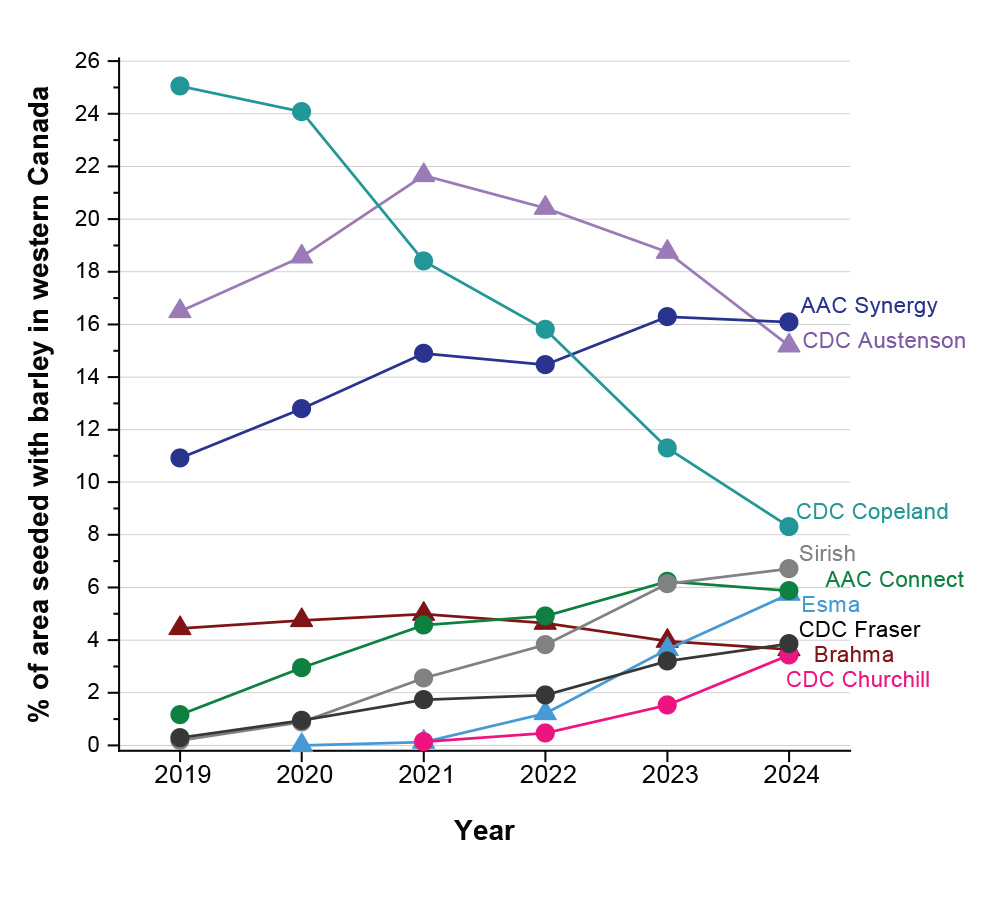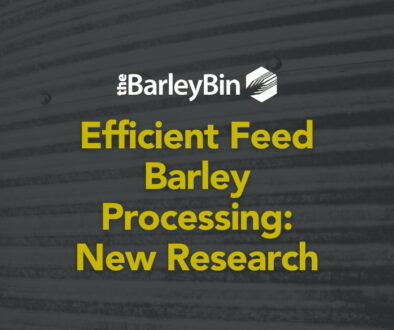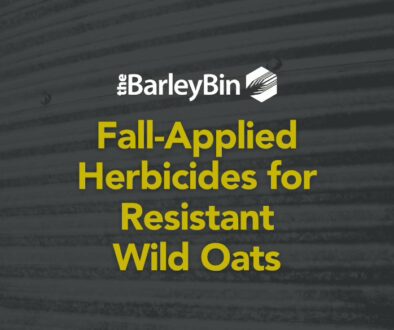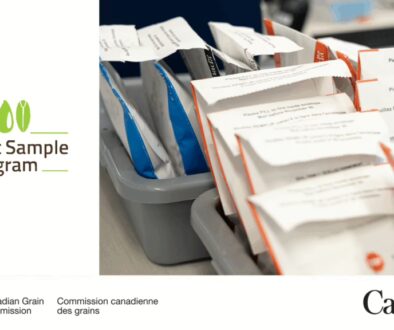Beyond Austenson: Game Changing New Feed Barley Varieties
With multiple breeding programs raising the bar for feed barley yields, growers now have more choices than ever to maximize performance and profitability.
The reign of CDC Austenson as the top feed barley variety is nearing its end. Since surpassing Xena in 2015, it has been the leading choice for feed barley growers across Western Canada. CDC Austenson was named Seed of the Year by SeedWorld for 2025, in part, because of its popularity as the top barley variety planted for three years in a row. A selection of new varieties released in recent years have eclipsed CDC Austenson as the top yielding feed variety and will likely replace CDC Austenson with the acreage title soon.
Watch: Why CDC Austenson Won 2025 Seed of the Year: Interview with Dr. Brian Rossnagel.

CDC Austenson gained popularity with barley growers quickly. Registered in 2009, it had already surpassed 100,000 acres by 2012 when the high yielding malt variety, AAC Synergy was registered. After AAC Synergy, malt varieties became very competitive with top yielding feed varieties like CDC Austenson. Despite high yielding malt varieties like AAC Synergy, CDC Fraser (2016) and CDC Churchill (2019), CDC Austenson has remained a popular variety for farmers.
With malt varieties increasingly rivaling feed barley in yield potential, choosing a new feed variety has been challenging. However, recent releases from multiple breeding programs signal another shift—one that firmly reestablishes the role of dedicated feed barley varieties. The latest options deliver significantly higher yield potential, surpassing both CDC Austenson and the top malt varieties.
- Crop Development Centre (CDC): After a long gap in dedicated feed barley development, Dr. Aaron Beattie’s grower focused breeding program introduced CDC Durango (2022) as its next-generation replacement for CDC Austenson.
- Agriculture and Agri-Food Canada (AAFC): While primarily focused on malt, Dr. Ana Badea’s program at AAFC has also released AAC Lariat (2022) and AAC Stockton (2023) as competitive feed options.
- Western Crop Innovations(formerly Field Crop Development Centre): This breeding program specializes in feed and forage barley, with notable releases from Dr. Yadeta Kabeta’s program like AB Tofield (2020), AB Prime (2021), and AB Hague (2021) offering impressive yield potential.
- Nutrien: New varieties like Cantu (2022) provide additional options for growers seeking high-performance feed barley. Nutrien varieties are from Highland Specialty Grains.
Check out our YouTube channel for a playlist of the latest feed and malt barley varieties.
All of these varieties offer notable advantages over previous high yield feed barleys like CDC Austenson, or high yield malt varieties. Most have in the range of 5% or greater yield advantage, while others have improved agronomic advantages including improved straw strength, and some excellent disease packages.
The tables in the Varieties of Grain Crops have the most recent data on these varieties. Take a close look and you’ll find the right combination of disease resistance, straw strength and yield potential. The game has changed. There is a high-performing feed barley variety to suit your needs.
by Mitchell Japp, Research and Extension Manager, SaskBarley for the Spring 2025 edition of the BarleyBin Magazine.
Follow us on Facebook and X or subscribe to our YouTube channel @SaskBarley to learn more about the latest feed and malt barley varieties that have been funded by farmers through SaskBarley’s research program.
![]()
SaskBarley supports variety development through core breeding agreements and the Sustainable Canadian Agricultural Partnership (Sustainable CAP) Barley Cluster, in partnership with Alberta Grains and Manitoba Crop Alliance. SaskBarley also supports regional variety testing through the Saskatchewan Variety Performance Group. SaskBarley funds agronomy projects, like the Enhanced Barley Agronomy project to develop modern agronomic recommendations for barley management.




